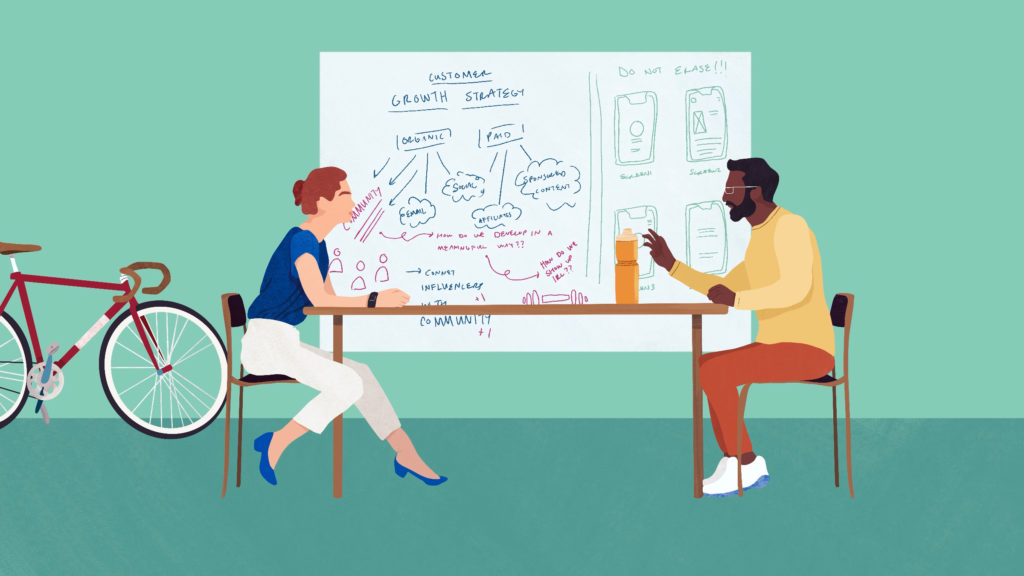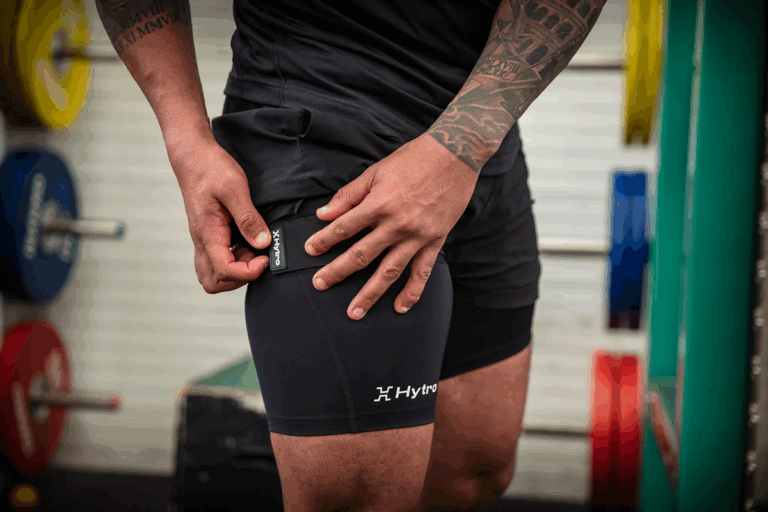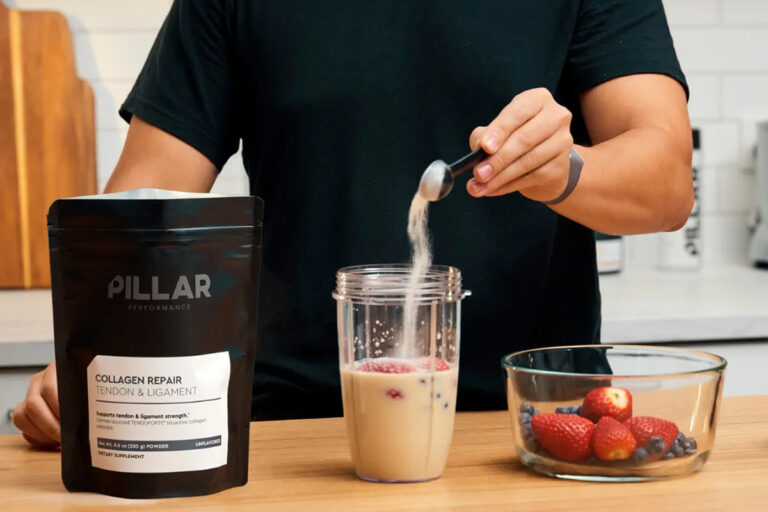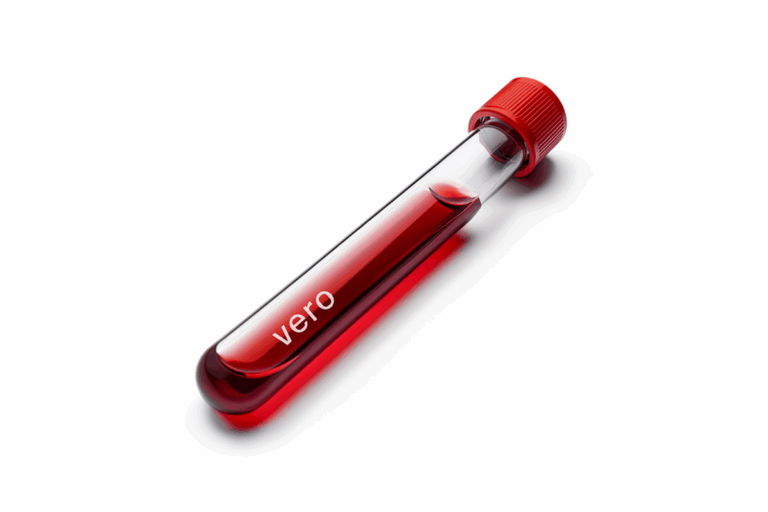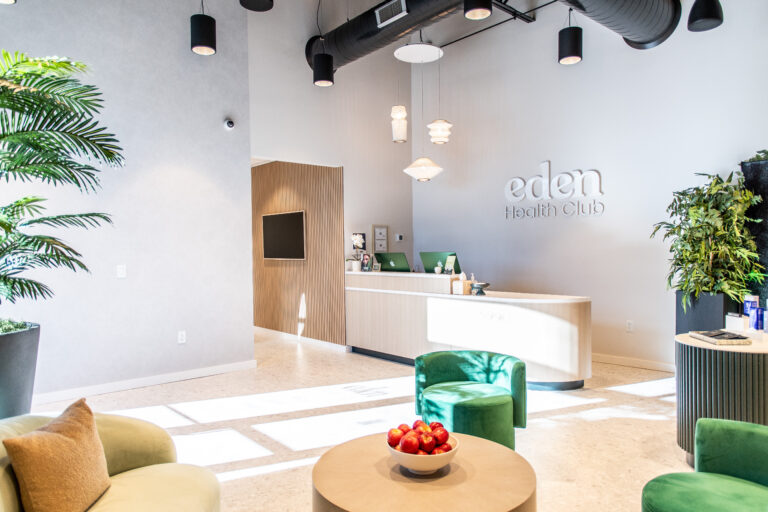From early-stage concepts to category-inventing companies, Fitt Insider’s Startup Q&A series provides a glimpse into the future of health & fitness.
While each Q&A offers something different, after 50+ inspiring conversations with founders and CEOs, we’ve started to pinpoint some powerful trends.
Today, we’re sharing the best insights and opportunities from the startups redefining well-being.
Seeking Interoperability
As we covered in Issue No. 176, Android of Fitness, creating an open ecosystem instead of a vertically integrated platform is a powerful strategy. Sensing the shift, companies like WHOOP and Apple are seeking interoperability, flipping on data-sharing integrations for once-rivals.
In a closed system, your Garmin and your Peloton have different dashboards. That’s a problem, says Jordan Kobert, co-founder of cycling performance app The Breakaway:
“We’re all getting siloed. We’re all getting overwhelmed with graphs and charts. We’re all busy. We all want to improve or know how we’re doing for our own sense of motivation, not compared to a random leaderboard of thousands.”
Interoperability is also top of mind for Kyriakos Eleftheriou, CEO of TERRA, creators of an API that unlocks an ecosystem of wearable data with a single integration.
“We thought how much better song recommendations would be from Spotify if they could match your heart rate, or how tailored movie recommendations from Netflix could be if they had access to your stress levels! Recommendations could be improved everywhere—not just fitness—if the data weren’t sitting in silos of different wearables.”
Demystifying Nutrition
The American diet is killing us. Nearly a quarter of all US adult deaths are caused by a poor diet, more than smoking. A trillion-dollar question, asking “what should I eat?” has yielded a number of solutions but few results.
Dr. Gil Blander, co-founder of InsideTracker, sees hope amid the crisis. His company uses data from blood, DNA, and health wearables to build a better diet.
“Today, there are over 8,000 foods available, yet the average American only consumes around 20 different foods per week. To me, this means that we have a tremendous number of building blocks but are only using a few.”
Metabolic health is also entering the mainstream, hopefully not too late. Only 12% of Americans are metabolically fit, and 100K die every year from diabetes.
Unfortunately, according to Anttoni Aniebonam, co-founder of metabolic health platform Veri, it’s a systemic problem that’s going to be difficult to fix, tech or no tech:
“When you look at how hard it has become to source and eat nourishing, quality foods—and see how the foods we eat are killing us—you’ll see how the odds are stacked against us. Worse, consumers are held responsible while global metabolic healthcare suffers.”
Data-Enriched Personalization
Far beyond step counting, advances in technology have given consumers more metrics than ever before.
Now, data-crazed consumers are becoming increasingly reliant on health wearables and at-home diagnostics. And yet, absent true personalization, those readings can be meaningless.
Candidly, Bob Messerschmidt, CEO of COR, sees a problem with context, asserting “people today have access to better analytics about the health of their toaster than about their bodies.”
As such, targeting biohackers and the health optimization crowd, startups like his are quantifying health with unique markers from your blood.
Dr. Gil Blander thinks genome-tailored nutrition could be the fountain of youth.
“Instead of testing for blood biomarkers of illness, we look at biomarkers of health. Measuring and optimizing those through personalized nutrition is a means of prevention that can improve lifespan (the number of years) and healthspan (the number of healthy years).”
On the same page, Rachel Sanders, CEO of blood test-guided nutrition startup Rootine, believes the future of health, beyond our plates, is providing consumers with products that “enhance fitness, mental acuity, sleep, nutrition, and metabolic health through prescriptive solutions.”
Whitespace in Digital Fitness
While Peloton and Hydrow battle connected fitness competitors, brands like FitOn and obé have taken a hardware-free approach.
But, as we said in Issue No. 169, this is not a winner-take-all market — there’s still significant room for growth.
Shane Rogers, CEO of RPM Training Co. and functional training app Atom, pointed to how easy it was to burn out with the “monotony of riding an exercise bike every day or trying to follow a typical single-modality fitness app.”
Instead, his company is a first-mover in at-home functional training, creating a digital environment that’s half CrossFit box and half garage gym, with the equipment sales baked in.
Joining Tonal, upstarts are taking aim at smart strength. Replacing dumb weights with high-tech training systems worthy of elite athletes, everyday exercisers gain a performance edge.
Speede Fitness co-founder Dan Mooney says most connected strength machines are flawed because they aren’t built for highest-level performance.
“We say that our machine is built for athletes but made for everyone. Because we know everyone at every age can benefit from strength training.”
Similarly, Proteus Motion, a machine providing three-dimensional resistance, has gained acceptance from NFL athletes and their trainers. But founder Sam Miller sees the whitespace created by myopic methodologies like bikes and treadmills:
“The explosion of fitness technology has been largely about digitizing existing equipment. But these solutions fail to properly address two key pillars of human performance… Strength and power are not benefits that are exclusive to athletes.”
Even reformer Pilates is coming home. Kaleen Canevari, CEO of connected Pilates startup Flexia, wants the same quantifiable progress for Pilates as strength has.
“Our ability to merge traditional fitness metrics that people are familiar with—like repetitions and weight—with metrics relating to flexibility, quality of movement, and control will change the way that people reconnect with their body.”
Equipment aside, a major criticism of digital fitness apps is that they serve the already fit — a group that skews on the younger side. Katie Reed, co-founder of 55+ fitness app Balanced, thinks well-produced programming for seniors is lacking.
“Older adults don’t want to be dressed in silver adages or spoken to about “exercise as medicine” — like the rest of us, they want to be inspired, energized, and feel a connection to their bodies with movement.”
The Fallacy of Fitness Tech
But, a note of caution, more tech doesn’t always mean better workouts. FLOWBIO’s Stefan van der Fluit believes fitness technology is overly idealistic, saying:
“The unfortunate reality about health & fitness products is the majority go unused because the end-consumer cannot see the value in their day-to-day life and lacks the necessary change in behavior resulting from this missing value creation to follow through.”
His sweat patch technology caters to serious endurance athletes, helping them understand their hydration needs. Still, performance is a human choice. “Technology is NOT going to make you a healthier person, period… technology is merely an enabler.”
Another valid point, MyYogaTeacher CEO Jitendra Gupta explains that technology often dampens the emotional benefits of interaction and community:
“The tech world makes a lot of noise about artificial intelligence, but it increasingly feels like the world is missing the emotional intelligence that comes from human connection.”
Investing in Women’s Health
We’re in the midst of a long-overdue women’s health revolution.
For Amy Divaraniya, founder of fertility diagnostics company Oova, that means increasing access to health insights. In her words, “data is powerful — it gives you strength and stability to stand behind your symptoms.”
More importantly, women want to take charge of their own health. Hélène Guillaume Pabis, founder of women’s performance app Wild.AI, calls women “pioneers in seeking solutions in ‘alternative’ medicines” and that ‘taking a pill’ doesn’t satisfy them.”
Dr. Alicia Jackson, CEO of menopause care platform Evernow, agrees:
“Women don’t just want a re-creation of the doctor’s office — they want a product and experience that’s built on their terms, for their needs… they want to know what they’re getting before signing up and then work with the company to personalize the treatment.”
But women’s health is not just reproductive wellness and periods. Women want to train hard and perform their best, just like men — and Hélène Guillaume Pabis is passionate about leveling the playing field.
“Womxn have an incredible machine as a body, and science is just learning how to fuel and use it properly… our goal is that no girl or womxn ever thinks that her body is a lesser version of a man’s.”
Prioritizing Mental Fitness
A subsector of mental wellness, mental fitness has become yet another facet of health to optimize.
Leading the way, Rewire Fitness is forging the link between mental resilience and physical performance. CEO Sun Sachs called out the startling disparity between solutions for training the body versus the mind:
“The reality is that everyone knows that the mental game is incredibly important to athletic performance, and yet there is no collective insight or common knowledge that is accessible to the average athlete outside of the laboratory or elite sports.”
A different mindset, merging psychedelics, physical recovery, and community, Othership CEO Robbie Bent is creating experimental experiences to protect the brain from burnout. And he believes mental health is spawning its own tangible subcultures.
“The realization that working on mental health can be cool led us to focus all our efforts on mastering the facilitation of “peak” experiences like [guided] sauna classes, ice baths, and breathwork.”
Reimagining Corporate Wellness
Confronting the Great Resignation, prioritizing employee health is critical to attracting and retaining top talent.
According to Ryan Hanna, chief product officer for corporate wellness-focused fitness app Sworkit, “increasing employees’ physical activity can reduce the average cost of healthcare for a single employee by an average of $1,437 per year.”
In a way, “managers have more of an impact on one’s wellness than their general physician,” says Jonathan Shooshani, co-founder of flexible wellness benefits platform JOON.
But, throwing in a la carte wellness offerings won’t necessarily make a workforce healthier.
“Every “solution” seem[s] like vanity — check-the-box benefits [aren’t] designed for modern workforces. That’s why, despite a stated desire to prioritize wellness from employees, only a fraction ever [use] their benefit.”
To make an impact, employers will need to buy into the comprehensive preventative care their employees want, from mental health to financial well-being.
If you’re interested in having your company featured in our Startup Q&A series, send an email to team@fitt.co.
